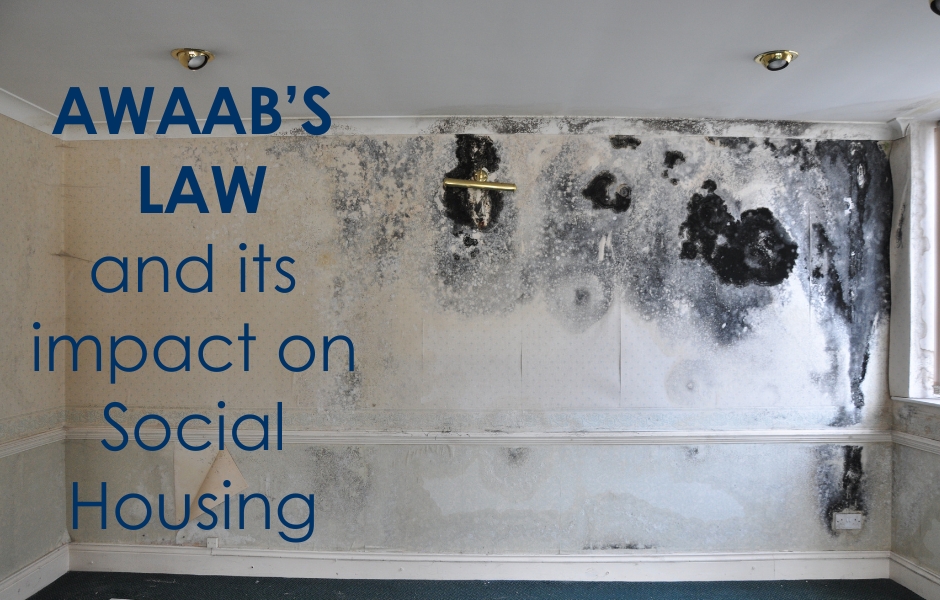Building Safety Act: What’s on the horizon
The introduction of the Building Safety Act 2022 (BSA) and The Building Regulations etc. Amendment England Regulations 2023 (BRAE) has led to some of the biggest changes in the built environment in recent years.
These updated regulations place much greater accountability on Clients to ensure that both design and construction meet the requirements of the Building Regulations.
In parallel, new duties have been assigned to duty holders – including Principal Designers, Designers, Principal Contractors and Contractors – to plan, manage, and monitor their work to ensure full compliance.
What’s Next: Future Regulatory Developments
The Phase 2 Grenfell Report, published in September 2024, sets the tone for a new wave of building safety reform. The government is now reviewing its recommendations with a view to enacting further legislation across 2025 and beyond.
Anticipated changes include:
- Introduction of a Building Safety Levy (Q3 2025, TBC). The government has committed to ensuring buildings over 11m tall with unsafe cladding are remediated as soon as possible and that taxpayers and leaseholders are protected from these remedial works costs. The Building Safety Levy will help address this and will:
- Be charged on all new residential developments in England that require building control approval, irrespective of their height.
- Be collected by Local Authorities.
- New legal duties placed upon those responsible for rectifying defects within defined timescales, with financial consequences for inaction, as well as criminal proceedings for failing to remove unsafe cladding.
- Updates to Approved Document B (Fire); 2 March 2025 (now in place), 30 September 2026 and 2 September 2029.
- Potential reclassification of Higher-Risk Buildings definition down to 11m, triggering potential for Reg 7 (external wall) classification requirements to apply, along with the Higher-Risk Buildings Procedures Regulations.
- A move toward a single Construction Regulator, consolidating oversight functions currently dispersed across multiple bodies, from Government to private commercial entities operating as Inspectors. Proposed review includes:
- Introduction of a Chief Construction Adviser to advise on all construction industry related matters.
- Regulation of construction products and creation of a publicly available National Safe Construction Products Library, modelled on international best practice.
- Standardised methods for testing and certifying the fire performance of materials and products.
- Centralisation of building control functions under a single national authority, with a proposal to revoke licences for Approved Inspectors.
- Introduction of a licensing scheme for contractors undertaking work on higher-risk buildings.
- Development and management of a national register of accredited fire risk assessors and fire risk engineers.
- A Fire Safety Strategy produced by a registered fire engineer to be submitted as part of building control applications at Gateway 2. While currently targeted at higher-risk buildings, this requirement is likely to extend to a broader range of developments in the future.
- Architects – Any building control applications for the construction or refurbishment of a higher-risk building (at Gateway 2) to be supported by a statement from a senior manager of the Principal Designer, as defined under the Building Safety Act 2022.
- Principal Contractors – A licensing scheme for Principal Contractors working on higher-risk buildings, overseen by the new construction regulator. Furthermore, applications for building control approval at Gateway 2 will need to be accompanied by a personal undertaking from a company director or senior manager, confirming they will take all reasonable steps to ensure the building is compliant and upon completion and handover.
- Clients – A Building Regulations Compliance Statement to be made or approved by the client. No further changes are currently recommended for client responsibilities. However, in our view, this development further underscores the critical importance of Client Notice of Completion Statements and the overarching client duty to ensure regulatory compliance throughout design and construction.
- Updates to evacuation and “Stay Put” strategies, based on fire spreading risks.
These developments point to a more centralised, competent, and accountable construction industry—an ambition RPP fully supports and actively prepares for.
How we can help:
At RPP, we are at the forefront of delivering Building Regulations Principal Designer services.
Over the last 16 months, we have been supporting Clients to meet the new BSA and BRAE requirements across a wide range of projects, including:
- A new, state of the art, 190,000 sq ft manufacturing development for Schneider Electric at Scarborough Business Park.
- Multiple Moto Hospitality MSA sites across England, which have included glazed atrium replacements, Landlord’s shell retail unit sub-division works, as well as toilet & shower refurbishments.
- A new build Costa Drive-thru at Winsford, including all associated drainage, external works and a car park.
As we drive innovation, our service is evolving—most recently with the launch of our new ‘Project Principal Designer’ model —a single, technically qualified team member delivering Principal Designer responsibilities under both CDM 2015 and BRAE, offering Clients a more consistent and efficient route to compliance.
These services align with PAS 8671—the recognised framework for Principal Designer competence—and are fully embedded within our ISO 9001:2015 certified quality assurance system.
Supporting through CPD
If you’re navigating the challenges of BSA / BRAE, we’re here to guide you.
In addition to project delivery, we also provide CPD training on the regulation updates and the responsibilities of Duty Holders, with sessions delivered to many clients and consultants, including Paddy Power, Semperian, BDP, Wilton Developments, Trafford Centre (Pradera Lateral), Glentrool, Southwark Council, St James Securities, HBD and Accent Housing.
If you’d like to know more, please contact Dorran Burton, or keep a look out for details of our free CPD seminar coming in the summer!
👉 Discover more about our Building Regulations Principal Designer and Client Advisory Services


